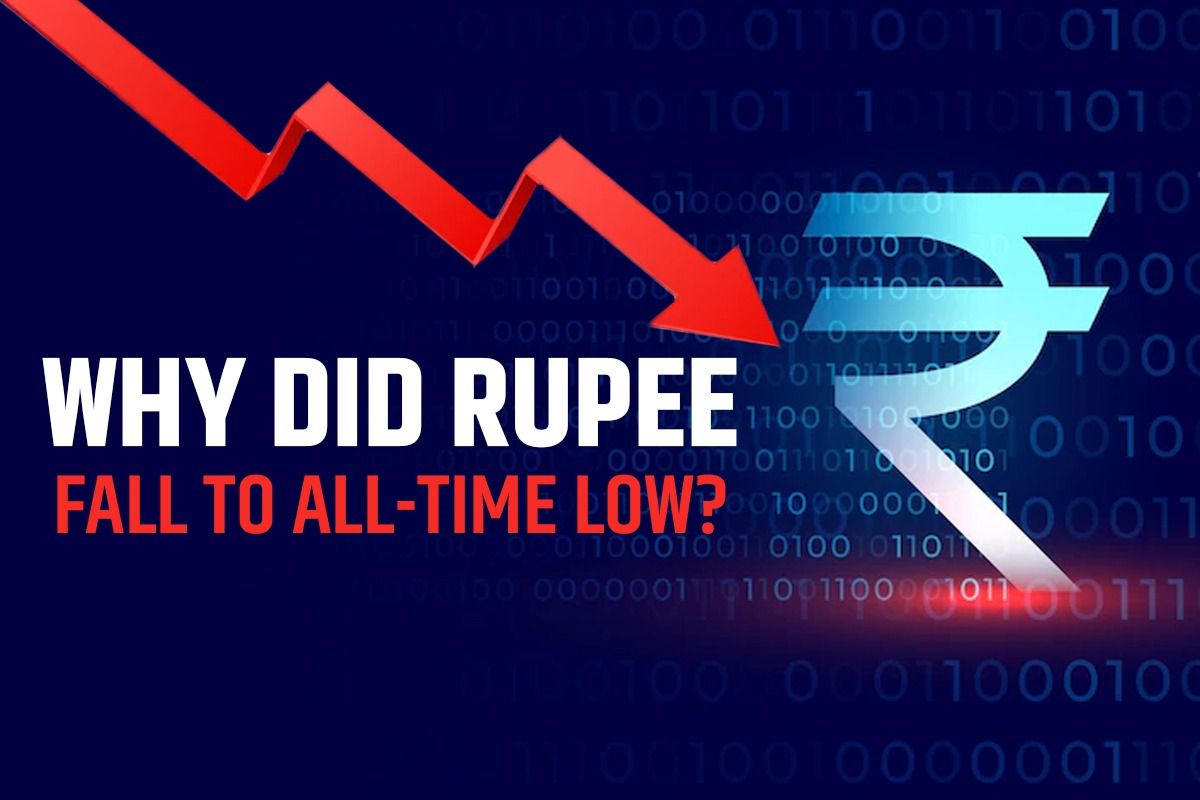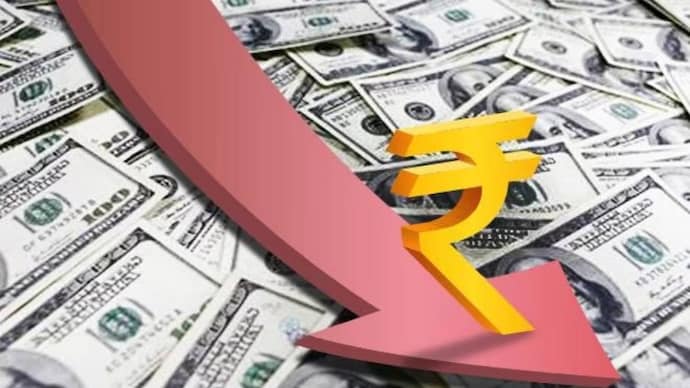On 10th february (as if mondays aren’t already challenging enough) , 2025, the Indian Rupee (INR) plummeted to a record low against the US Dollar, causing significant upheaval in the financial markets. The currency has experienced a prolonged decline over recent months, with this latest drop marking a concerning point for the nation's economy. This downturn brings the INR’s exchange rate against the Dollar to a concerning INR 89.73. This situation poses issues not only for travelers and importers; the repercussions of this currency depreciation are widespread, with inflation anticipated to surge dramatically. For a nation that depends heavily on imports for fuel, technology, and other vital goods, the Rupee’s decline represents a critical challenge.

A Culminate Storm
Few components have contributed to this exponential depreciation of the Rupee, and whereas the government has been very quick to play down concerns, the reality is stark. The taking after are key reasons behind the Rupee's current struggle:
- Dollar’s global power: The Dollar has been on an upward slope, fueled by a combination of strong US financial information and geopolitical pressure. The government Reserve's intrigued rate climbs have pulled in more admirers to Dollar-denominated resources and instruments, driving up request for the currency. For developing economies like India, this makes it harder to oversee trade rates.
- Inflationary burden in domestic market: India is additionally hooking with tall swelling, which eats into the obtaining control of the Rupee. As expansion rises, the esteem of the money falls, making a horrendous cycle that appears inconceivable to break. Rising nourishment and fuel costs are causing customer certainty to, advance compounding the circumstance.
- Capital Flight and Outside Venture Concerns: The drop of the Rupee has started concerns among remote financial specialists, driving to capital outpourings. Indian stocks have gotten to be less appealing due to rising costs and geopolitical dangers. In turn, remote speculation into the nation has moderated down, including to the weight on the money.
- Exchange Lopsided characteristics: India's exchange shortfall has broadened, with imports outpacing sends out. As the nation depends on imported oil, any cost increment in worldwide unrefined markets as it were declines the circumstance.
Political implications
The ruling party faces heavy scrutiny as rupee approaches almost 90 mark against dollar, as this is the same party who criticised 64 mark as government’s incompetency when it was in opposition.
To make it look a little better, government might shift it’s focus to short-term policies just for some marginal improvement in the downward motion of rupee which might potentially weaken political capital.

Why should a commoner be concerned?
Rising petrol prices has always been a major concern for common people, as it’s one of the most basic necessity good for which our country id dependent on the imports, although a large share of this comes from Middle East but it’s traded in Dollars globally.
Prices of everyday food items like edible oil, pulses etc. is expected to rise, although india has a very good food and buffer stock system but holistically food inflation is expected to rise.
Considering the number of students goes for higher education abroad, it’ll take a very terrible hit on those students as well as the aspiring one’s as the living cost, travel cost, food cost etc. is gonna go up.

Can the Rupee bounce back?
India’s great dependency on foreign goods is a great point of contention, in such a situation focus on domestic production and reducing the reliance on overseas trade will reduce the burden on the currency.
Government can work on better working set-ups for people outside the country which brings FDI (Foreign Direct Investment) in the country. Ease in the policies, attractive deals are some of the improvements.
RBI ( Reserve Bank of India ) needs to take aggressive measures to curb inflation by monetary policies and prevent further declining of rupee, adjustments in food and fuel prices might also be useful in the same direction.
Conclusion
The depreciation of the Rupee isn’t just an economic phenomenon—it’s a political fallout. As the currency drops, it forces the government into a delicate balancing act, where economic stance and set up, people’s views, and global positioning collide. With the upcoming elections in sight, the political landscape could shift dramatically. Public frustration may breed unrest, while opposition parties find new ground to challenge the ruling party’s competence.
With inputs from agencies
Image Source: Multiple agencies
*The views expressed are personal to the author and do not reflect the platform's opinion of the same.
© Copyright 2024. All Rights Reserved Powered by Vygr Media.
Author's profile:
Arhan Ali is a sharp observer of economic and political currents, known for blending keen analysis with a dash of wit. Whether dissecting global trade wars or taking a playful jab at social absurdities, his writing strikes the perfect balance between intellect and irreverence.

























